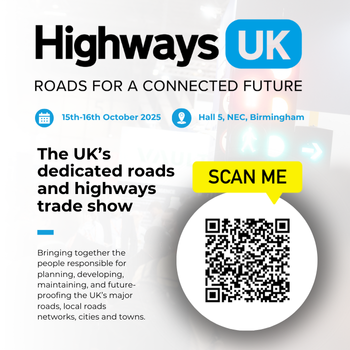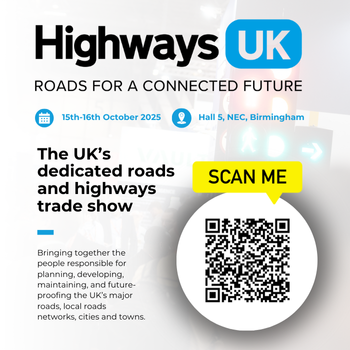From Andrew Johnson, Director-General of The UK GIFT Card & Voucher Association (UKGCVA)
‘CIPD research clearly shows that engaged employees perform better and are less likely to be absent or quit’, says John Sylvester, executive director of performance improvement company P&MM and head of its Motivation Division. He continues: ‘The public sector in particular tends to see higher levels of staff turnover and, with the cost of recruitment at around £7,750 per position (and even more for managers), it makes financial sense to invest in employee engagement.’
Low engagement among public sector workers, often reflected by absenteeism, is certainly a well-documented issue. However, developments in the voucher and gift card market over the last few years reveal that it is also an issue that is being tackled head on with the wider introduction of incentive and motivation programmes. The sale of vouchers and gift cards to the corporate sector as part of reward and recognition solutions has grown significantly in recent years and now represents almost half of all sales, with public sector organisations accounting for an increasing part of this.
While private organisations have long embraced employee benefits programmes as a way of attracting, engaging and retaining staff, more and more public sector organisations are now better able to compete in the job market by also offering attractive incentives and perks in addition to a basic salary.
On this development among public sector organisations, Tracy Aslam, business partner director at The One4all Gift Voucher, comments: ‘The concept of rewarding and incentivising staff to influence behaviour has long been understood in the corporate arena but it’s only now being embraced within the public sector where, it could be argued, the need is greatest.’
While the costs of recruitment and loss of productivity in the interim period or as a result of high levels of absenteeism are so significant for the taxpayer, the importance of retaining and engaging staff in the public sector is now more important than ever. In the same way as charity begins at home, the concept of selling an organisation and its corporate values to potential and existing staff is now considered just as important as the way in which an organisation is marketed to its customers/clients/patrons etc.; flying the corporate flag, as it were, must begin internally if you are to expect its values to resonate outwardly.
Leading consumer brands often pull out all the stops to tow the corporate line internally with everything from trendy office designs to the offer of share options and lifestyle perks that are aligned with the corporate image. But why should this focus on engagement not apply to public sector organisations as well? After all, the methods of motivating individuals in the workplace are not defined solely by the nature of the work. The types of incentives may differ, but reward and recognition is a universal language and the concept will be the same.
Julian Bazley, Incentives Specialist at Maritz comments: ‘A more strategic approach being adopted by HR and internal communications teams in the public sector is the use of formal recognition programmes as part of their overall Employee Value Proposition, most commonly with the objective of aligning employees with company values and goals.’
Good marketing and communications, continues Julian, is an essential part of creating a successful staff engagement scheme: ‘In order to give the programme enduring appeal and maintain awareness, we always recommend that it is given its own brand and identity tying in with the overall values of the organisation.’
This can be achieved in a number of ways and depends on both the corporate message that an organisation wishes to demonstrate and the type of workforce as defined by age, gender, lifestyles, location etc. An employee motivation scheme can be designed to appeal to the target audience provided that the employer takes the time to understand its workforce; research is essential. The success of a motivation strategy fundamentally lies in offering appealing rewards that will engage and incentivise employees.
Robert Froome, Head of New Look Business Solutions, comments: ‘It’s essential to keep incentive schemes simple and easy to administer. Using vouchers and gift cards will allow a company to offer the widest choice possible. Here at New Look we offer the latest fashion trends and ‘gems’ at low prices so our gift cards and vouchers stretch the budget even further giving the recipient more purchasing power and having the opportunity to handpick their own personal reward.’
Andy Philpott, marketing director at Capital Incentives & Motivation agrees: ‘Given that it is usually impossible to select an award that will appeal to all participants in a scheme, vouchers and gift cards are often highly effective as they offer flexibility and freedom, giving recipients the chance to work towards a gift of their own choice.’
In addition to flexibility, corporate customers of the voucher and gift card industry repeatedly report back to us with positive feedback on the appeal of these rewards. The opportunities for company branding that re-enforce loyalty, the added trophy value above and beyond the enumerate value or the fact that they are a cost-effective solution that is easily scalable for large organisations. Improvements in staff engagement, loyalty and retention, however, is perhaps the greatest praise that the introduction of a voucher or gift card scheme receives.








Recent Comments